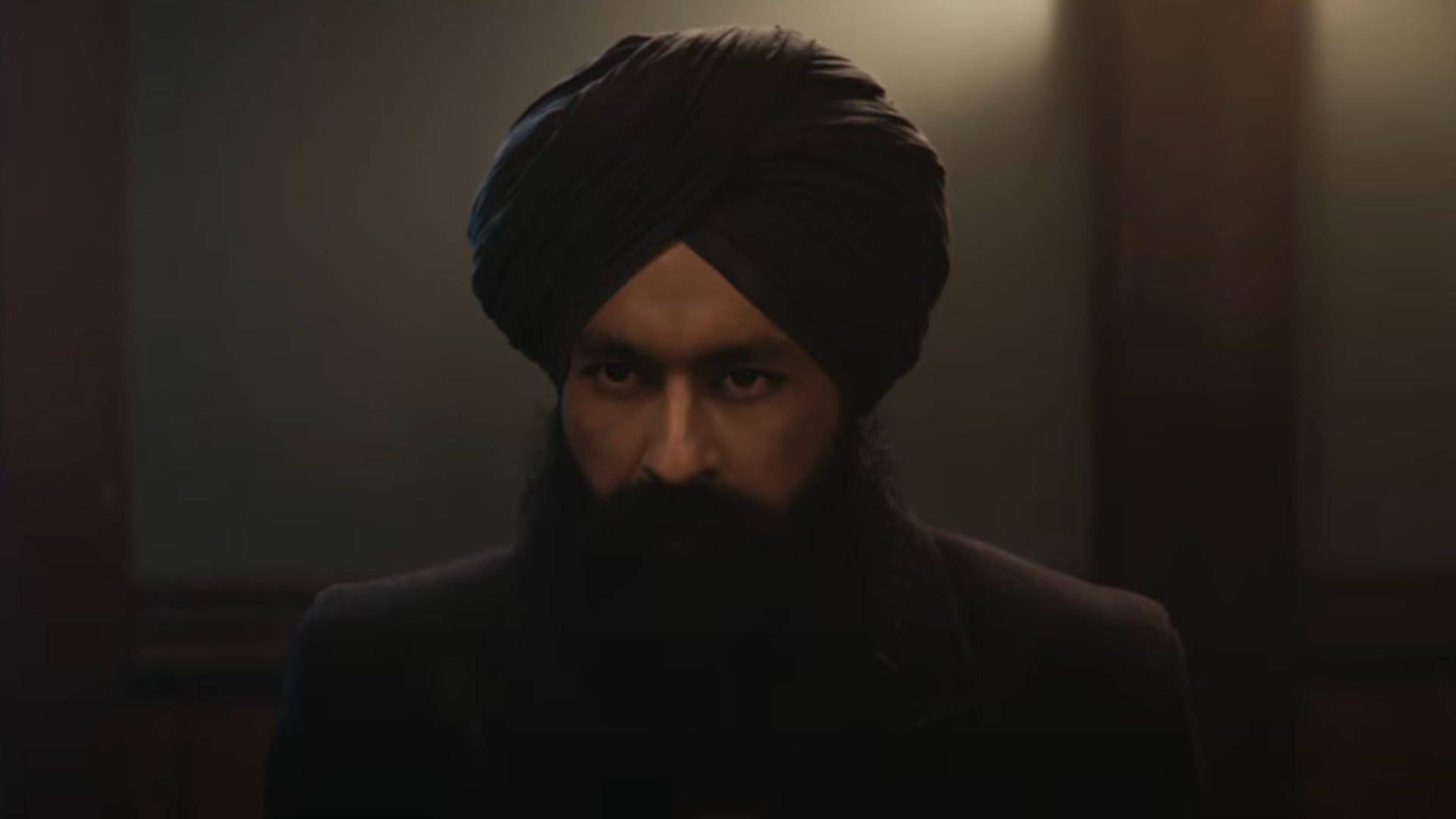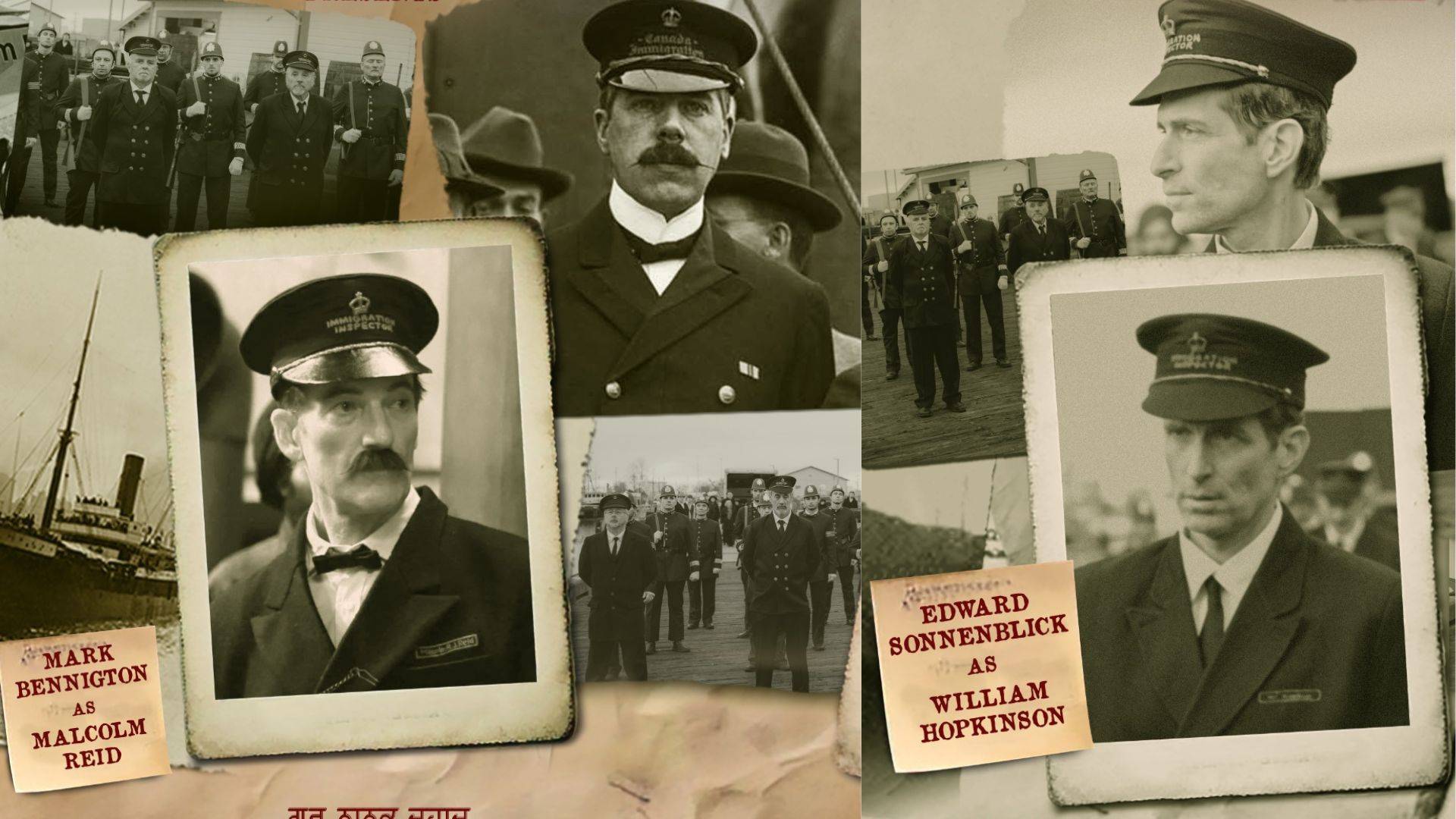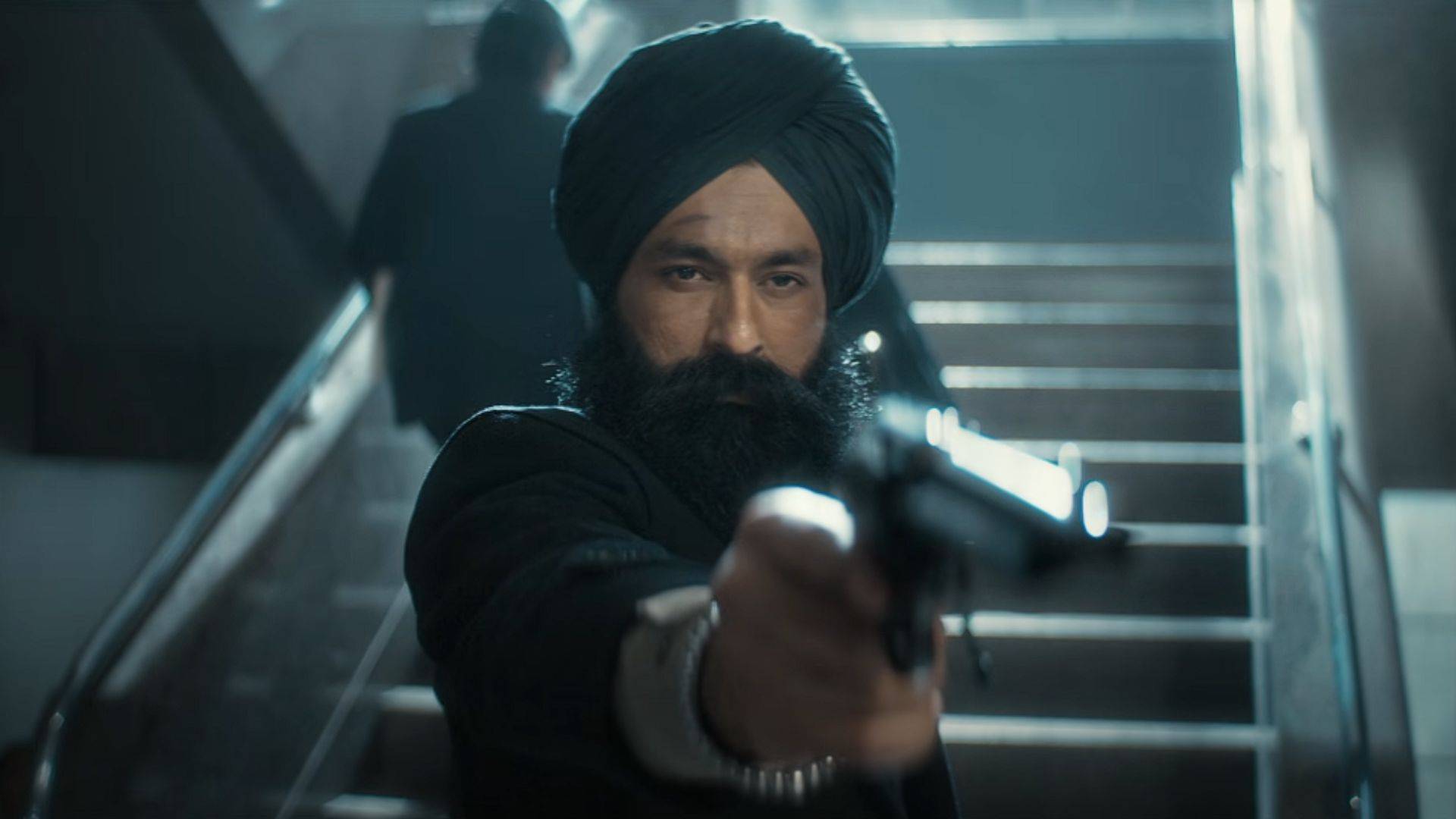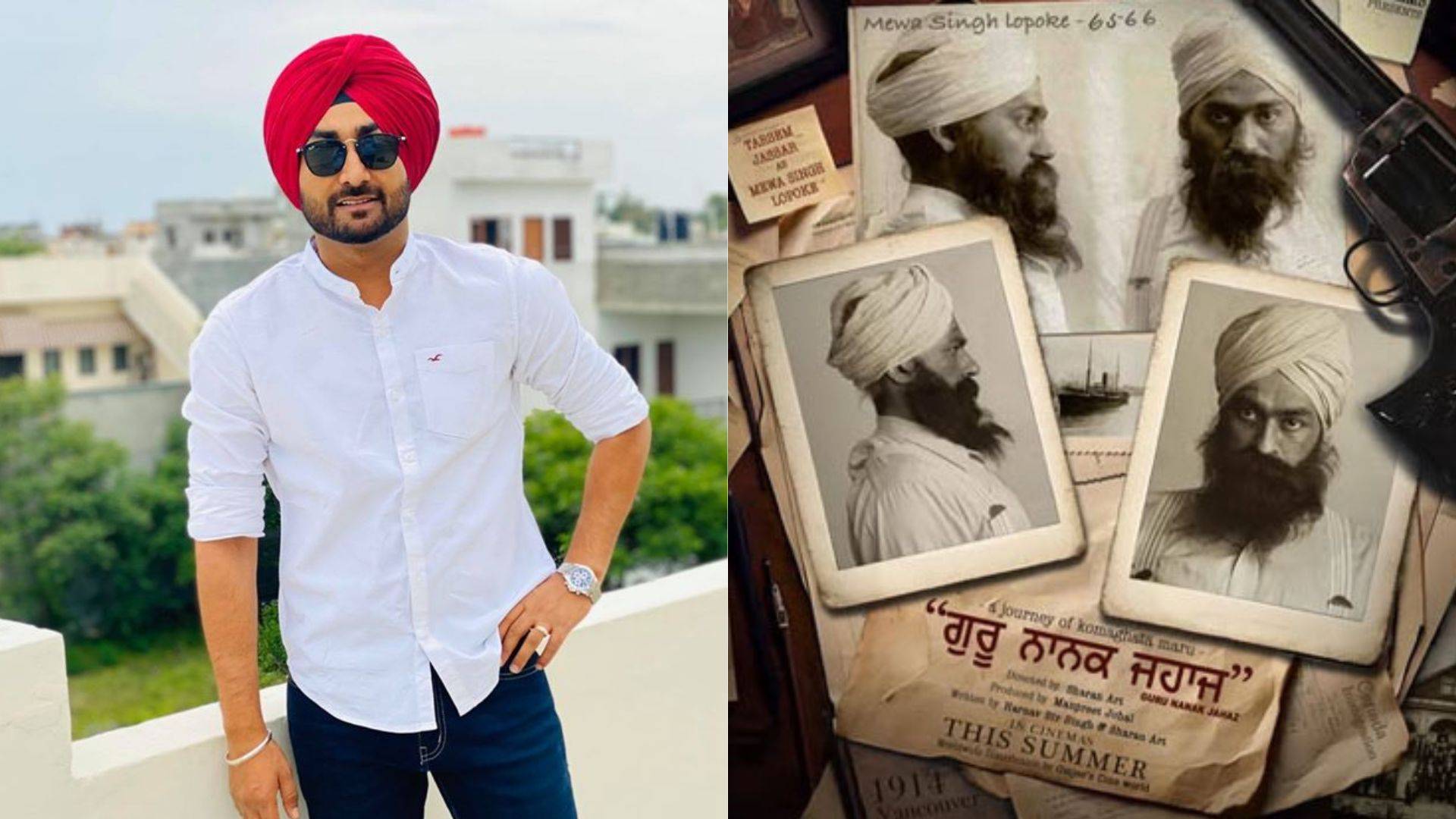Guru Nanak Jahaz Movie Review: In a time when cinematic storytelling often leans toward fantasy and fiction, Guru Nanak Jahaz emerges as a landmark film that reclaims a silenced chapter of history with haunting grace and uncompromising integrity. Directed by Sharan Art, the visionary behind Mastaney, this film doesn’t merely recount the Komagata Maru incident of 1914, it resurrects it. And in doing so, it pierces through layers of historical amnesia with piercing clarity.
The story, built on the tragic voyage of the Komagata Maru, is both a tribute and a reckoning—a reminder of the resilience of the Sikh diaspora and the cruelty of colonial politics. But Guru Nanak Jahaz isn’t just history dramatized; it’s history felt.
Tarsem Jassar, in the role of Mewa Singh Lopoke, delivers what could be considered his most profound performance yet. There’s no theatrics in his portrayal, only raw conviction. His every glance, pause, and silence seems laden with the burden of injustice and the quiet resolve of a man unwilling to bend. Opposite him, Gurpreet Ghuggi breaks free from his comedic mold and immerses himself into a character of restrained power and emotional weight. Their on-screen dynamic is not driven by dialogue, but by an unspoken brotherhood, a shared purpose in the face of despair.
Director Sharan Art’s craftsmanship is evident in every frame. The world he builds is not just a visual recreation of 1914 but an emotional time machine. Gritty textures, muted palettes, and immersive sound design pull viewers aboard the ship not as spectators, but as witnesses. The Komagata Maru itself becomes a symbol of crushed hopes, floating in limbo between acceptance and rejection, echoing the anguish of immigrants who dared to dream of freedom.
The writing, by Harnav Bir Singh and Sharan Art, is subtle but searing. There are no overwritten speeches or melodramatic breakdowns. Instead, the film bleeds through its silences, its pauses, and its gaze into the faces of those denied humanity. And that’s what makes Guru Nanak Jahaz a masterpiece—it respects the gravity of its subject and treats its audience with equal reverence.
Supported by Vehli Janta Films, the production doesn’t compromise on quality. From costume design to set authenticity, from archival accuracy to emotional truth, every department has poured soul into this project.
The overwhelming audience response is not just applause, it’s catharsis. For many, this film is the first encounter with a buried truth, and for others, it’s a long-overdue recognition of ancestral pain.
Guru Nanak Jahaz is not just a film, it’s a voyage of remembrance, resistance, and reverence. It will not only be studied in film circles for its direction and performances, but remembered as a cultural moment that finally gave voice to a ship that carried more than just passengers, it carried the weight of a people’s dignity.
Rating: 4.5/5 – A cinematic rebellion against forgetting.




